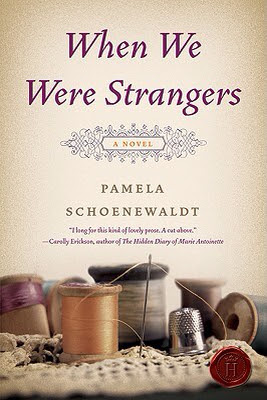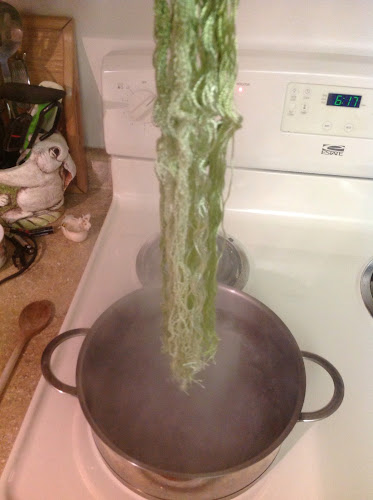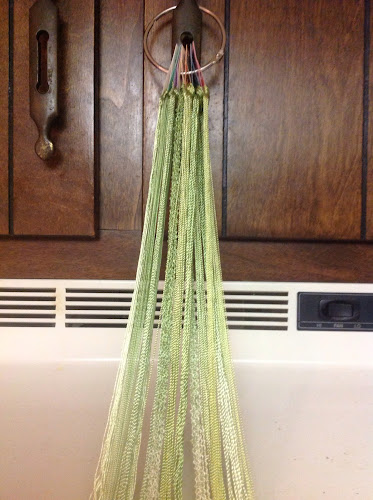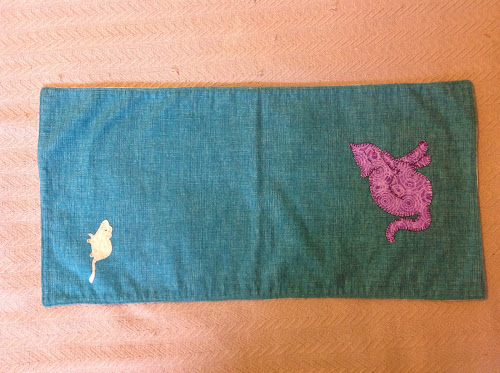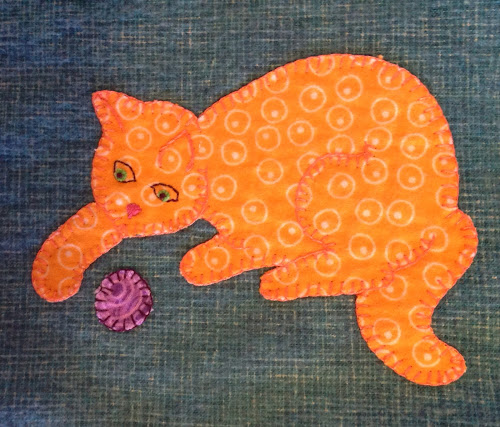Remember the ripped jeans fad in the 80s? I hated it. I thought it was crazy to buy something new and then put holes in it for fashion. Of course now you can buy jeans already ripped, and that may be even a bit crazier. I bucked the trend and kept my jeans nice, although I stopped short at ironing them.
One day, I was at my best friend's house and had to get something outside. She and her cousin watched out the window as I ran down the driveway and were still watching when my feet slipped out from under me. I fell hard. I bravely completed my task, but the pain was awful. I bent over, thinking to roll up my pant leg to look at the damage, but a brand new rip right across my knee had opened up. I peaked through at the wound, which was worse than I thought, and limped back into the house.
As soon as I made it inside, my friend exclaimed, "How convenient that your jeans were ripped right there!" I was mortified. After cleaning myself up, we went out, and the whole time I felt ashamed about my tattered jeans, even though I knew they were cool.
Later that weekend, I decided that I just couldn't cope with torn clothing. Out came the sewing machine and several fabrics, including one with lounging Tahitian ladies, out of which I had already made a dress. I had very little idea of what I was doing, but eventually I had a large crazy-quilt type patch, which I sewed over the rip. It was not at all fashionable, but I loved it.
I kept that patch long after the jeans finally wore out. I still love the idea of embellishing ready made clothing, but like the bulky patch, my attempts at doing so generally have not been as sucessful in reality as in my imagination. In one case, the beaded embroidery I did was fantastic, but the ready-made dress faded in big patches in the sun and the bugle beads kept cutting through the thread and falling off. Once, however, I cross stitched some irises on a jean jacket and the result was better than I expected. I wore it for years. Recently, I found a small square cross stitch pattern featuring daffodils that would look great on a pocket. I'll have to look for the right garment, unless I have another accident....


